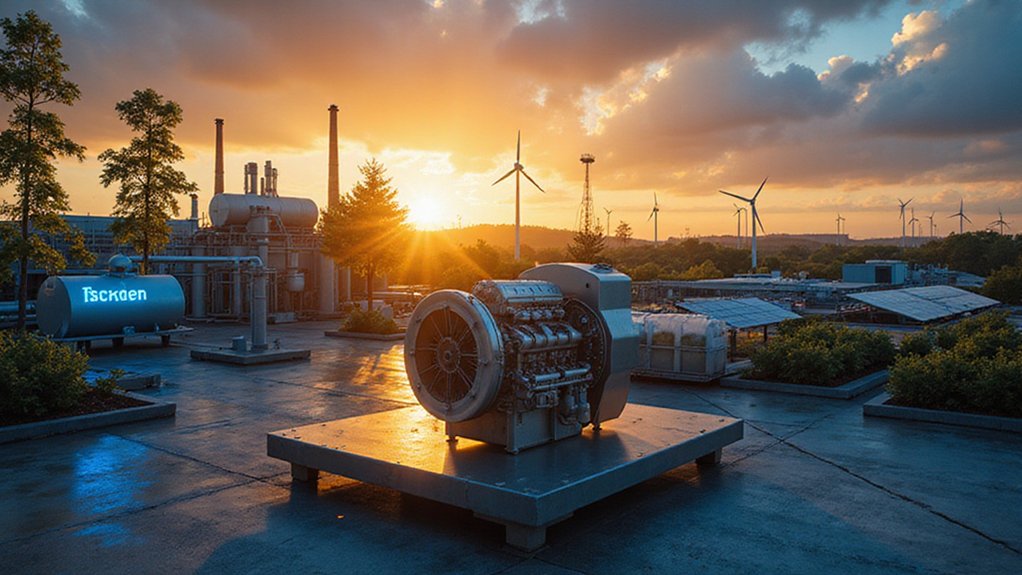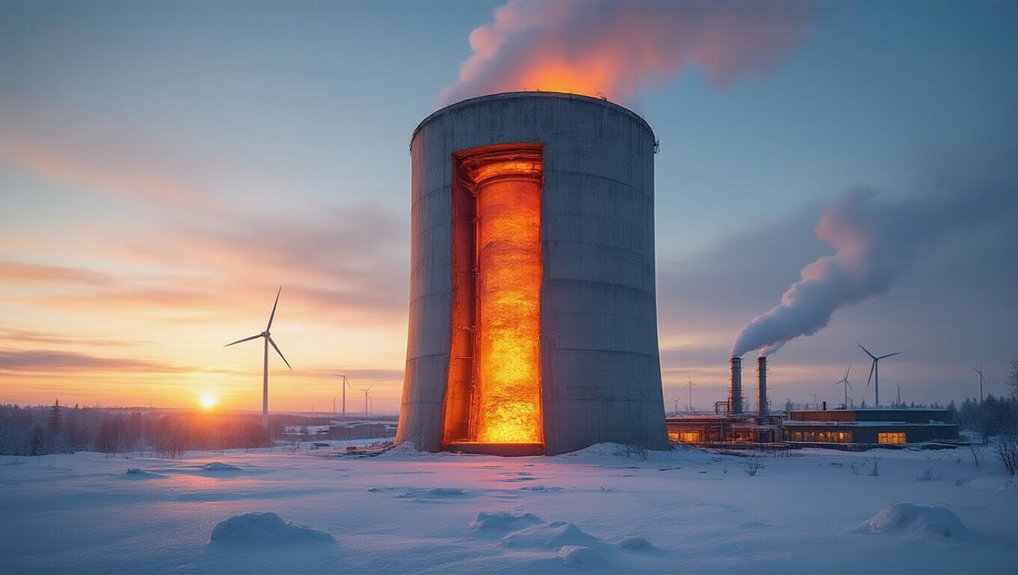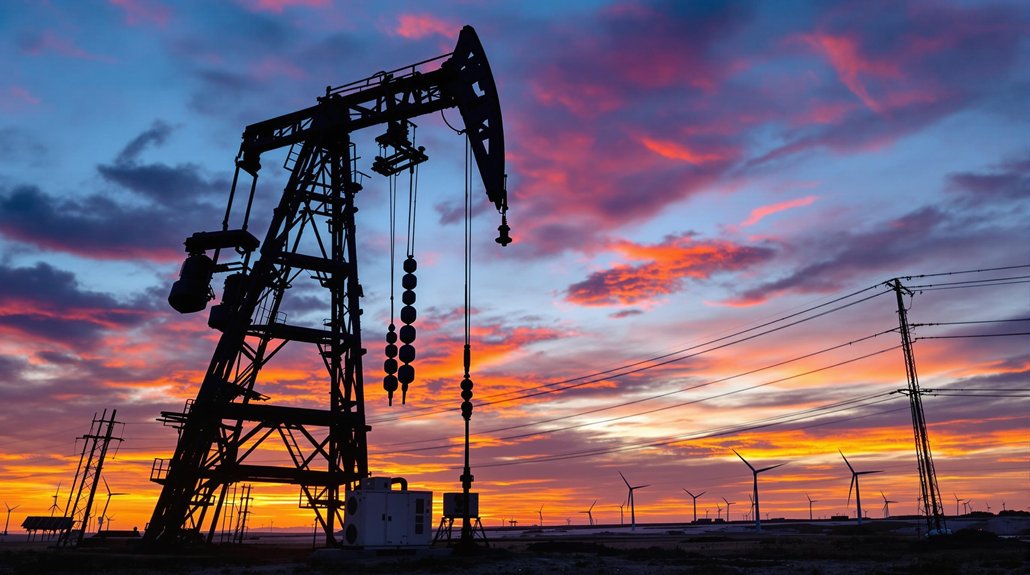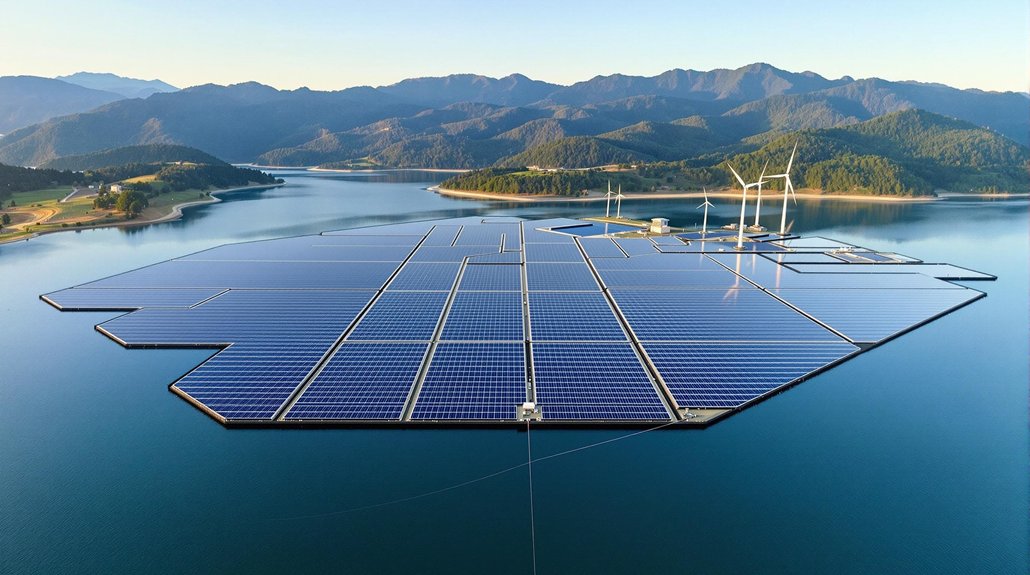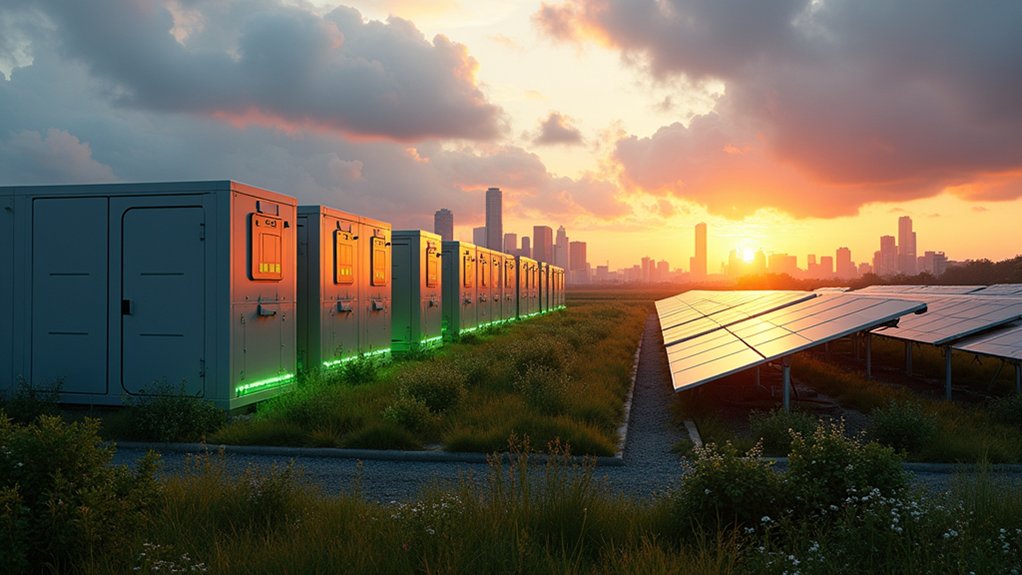Cummins isn’t putting all its eggs in one basket. Their Destination Zero strategy tackles climate change through multiple energy solutions—hydrogen, natural gas, geothermal, even vegetable oil for generators. With $20 billion in revenue and 62,600 employees worldwide, they’re backing talk with serious action. Partnerships with tech giants and heavy equipment manufacturers amplify their impact. No single silver bullet exists for our energy problems. Turns out diversity matters for planets too, not just workplaces.
While many industrial giants talk a big game about sustainability, Cummins is actually putting its money where its mouth is. The century-old Indiana powerhouse isn’t just making vague promises about a greener future—they’re building it, right now. Their Destination Zero strategy isn’t some fluffy marketing campaign. It’s a hardcore commitment to cutting greenhouse gases through science-based targets and lifecycle approaches. Pretty invigorating in a world of corporate greenwashing, right?
Look, energy shifts aren’t simple. Cummins gets this. Their “Use Less, Use Better, Use Again” philosophy tackles the problem head-on. Sure, they could’ve gone all-in on just electric or hydrogen, but they’re smarter than that. They’re diversifying like crazy—developing everything from natural gas engines to fuel cells. Their hydrogen power solutions offer high energy density as a viable alternative to traditional fossil fuels. Unlike solar or wind energy sources, their geothermal investments provide consistent electricity generation regardless of weather conditions.
When the X15N engine hit the market in 2024, it was no joke. When fueled with renewable natural gas, it achieves carbon neutrality. That’s not future talk. That’s now. They’ve also got hydrogen combustion engines in the pipeline with 6.7 and 15-liter variants. Even their existing diesel generators can now run on vegetable oil. Vegetable oil! Who’d have thought?
Partnerships matter in this game. Cummins isn’t trying to save the world alone. They’re teaming up with heavy hitters like Microsoft, Komatsu, and PACCAR. Together, they’re integrating clean technology into data centers, mining trucks, and agricultural tractors.
With 62,600 employees across 104 manufacturing plants worldwide, Cummins has the scale to make real impact. Their $20 billion in annual revenue isn’t just sitting in a bank somewhere—it’s funding solar, wind, hydroelectric, geothermal, and biomass developments. Their new brand platform featuring the bold tagline “Power Onward” perfectly captures this unwavering commitment to leading the energy transition.
The company consumes 10.6 million gallons of diesel annually in their operations. That’s a lot. But instead of hiding from this reality, they’re facing it head-on. Their multi-pronged approach might just be what industrial sustainability actually looks like. No magic bullets. Just real solutions.
References
- https://www.cummins.com/news/releases/2024/07/30/cummins-reinforces-commitment-growth-strategy-and-leadership-clean-energy
- https://www.cummins.com/news/2023/07/18/clean-energy-exploring-benefits-sources-and-fuels
- https://www.cummins.com/generators/power-generation/renewable-energy-and-resources
- https://www.meeaconference.org/sites/meeaconference.org/files/media/cummins-meea-conference-feb-2021-v1.pdf
- https://stnonline.com/industry-releases/cummins-reinforces-commitment-to-growth-strategy-and-leadership-in-clean-energy-transition-by-unveiling-new-brand-platform/
